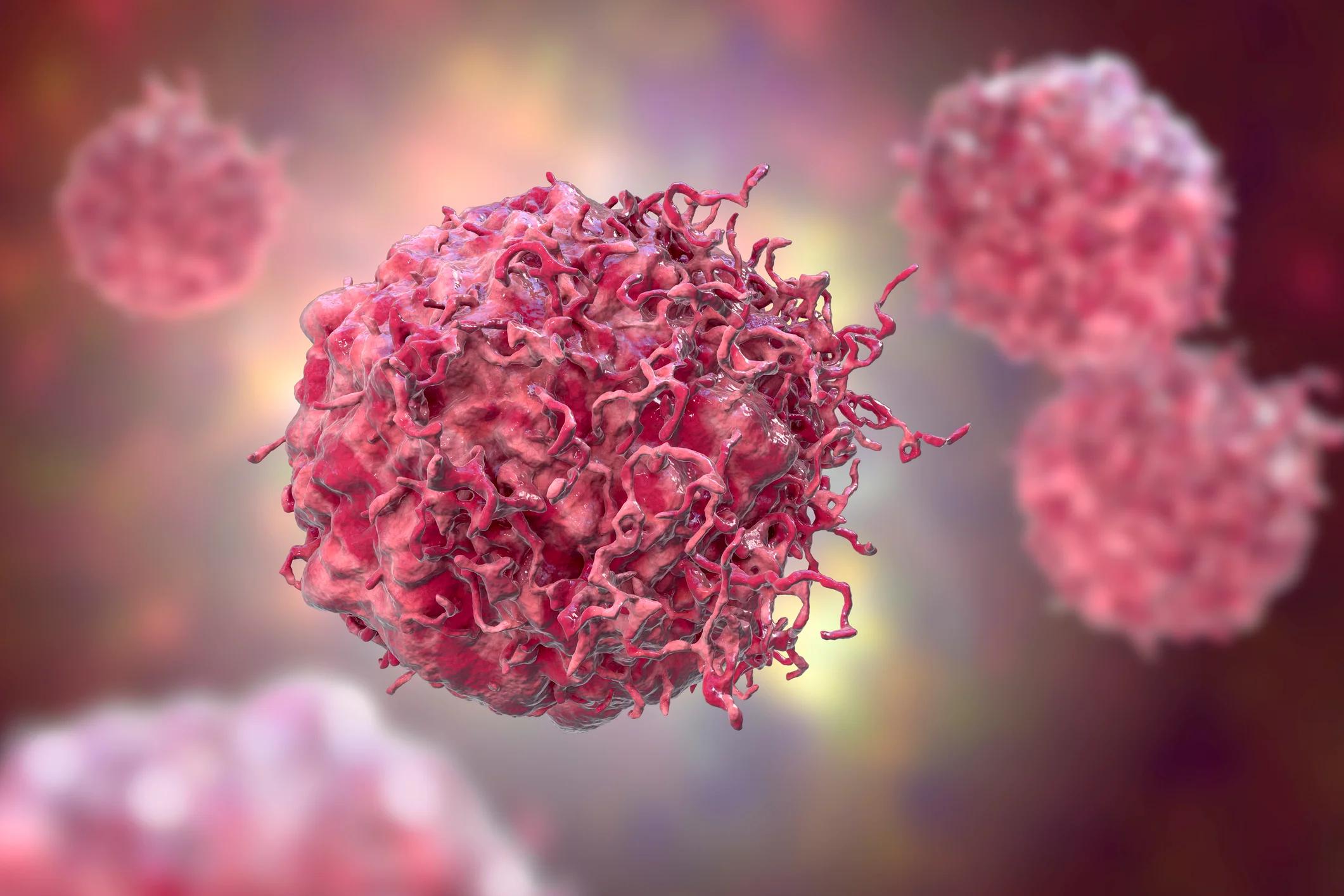KEY TAKEAWAYS
- The DeLLphi-301 phase II trial aimed to analyze the efficacy and safety of tarlatamab in previously treated SCLC patients.
- The primary endpoint was ORR. Other endpoints were DoR, PFS, OS, and TEAEs.
- The study showed that tarlatamab shrinks tumors and lasts in pre-treated SCLC, highlighting its potential as a safe and effective new treatment.
Tarlatamab, a bispecific T-cell engager (BiTE), represents a novel immunotherapeutic approach for small cell lung cancer (SCLC) by facilitating T-cell mediated tumor lysis through bispecific engagement of delta-like ligand 3 on tumor cells and CD3 on T cells.
Phase 1 of the study has revealed promising early results, offering a ray of hope for patients who have already undergone prior treatments. For phase 2, researchers aimed to analyze the efficacy and safety of tarlatamab in previously treated SCLC patients.
Patients diagnosed with SCLC who experienced relapse following one platinum-based regimen, with or without a checkpoint inhibitor and at least one additional prior therapy, were administered either 10 mg or 100 mg of tarlatamab every two weeks.
The primary endpoint was the objective response rate (ORR) based on a blinded independent central review (BICR) using RECIST 1.1. Secondary endpoints included duration of response (DoR), progression-free survival (PFS), overall survival (OS), and assessment of treatment-emergent adverse events (TEAEs).
About 220 patients were administered tarlatamab, with a median follow-up of 10.6 months for efficacy outcomes. At the 10 mg dose, ORR was 40.0%, median PFS (mPFS) was 4.9 months, median OS (mOS) was 14.3 months, and median DoR (mDoR) was not reached. Among responders, 57.5% experienced a response lasting ≥ 6 months, and 55.0% maintained an ongoing response.
Primary TEAE was cytokine release syndrome(CRS; 51.1%, 10 mg; 60.9%, 100 mg), mainly occurring in cycle 1 and predominantly in grade 1 or 2. Grade 3 CRS was low (0.8% at 10 mg; 5.7%,100 mg), as was grade 3 immune effector cell-associated neurotoxicity syndrome (ICANS) and associated neurologic events (0%,10 mg; 4.6% at 100 mg), with no grade 4 or 5 events.
Discontinuations due to TEAE were infrequent (3.0% at 10 mg; 3.4% at 100 mg). Similar safety profiles were observed with 24-hour or 48-hour inpatient monitoring.
The study showed that tarlatamab shrinks tumors and lasts in pre-treated SCLC, highlighting its potential as a safe and effective new treatment.
Clinical Trial: https://clinicaltrials.gov/study/NCT05060016
Paz-Ares L, Ahn M, Felip E, Handzhiev S, Korantzis I, Izumi H, Ohashi K, Majem M, Wolf J, Reck M, Hummel H, Blackhall F, Dingemans AC, Owonikoko TK, Ramalingam SS, Sands J, Jiang T, Mukherjee S, Anderson E, Cho BC. Tarlatamab for patients with previously treated small cell lung cancer (SCLC): Primary analysis of the phase II DeLLphi-301 study. Ann Oncol. 2023;34(suppl_2):S1254-S1335. doi:10.1016/annonc/annonc1358.



